- Individuals & Families
- Businesses
- Agents & Brokers
- Embedded Insurance

Chubb ranked #1 for Customer Satisfaction with the Home Insurance Claims Experience

Chubb ranked #1 for Customer Satisfaction with the Home Insurance Claims Experience

Chubb ranked #1 for Customer Satisfaction with the Home Insurance Claims Experience

Chubb ranked #1 for Customer Satisfaction with the Home Insurance Claims Experience

Because pets are family, Chubb now offers pet insurance with top-rated coverage from Healthy Paws.

Chubb offers the insurance protection you need for travel’s many “what ifs”.

Chubb protects small businesses at every stage – from newly formed start-ups to long-time anchors of the community.
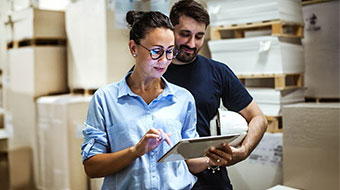
Stay ahead of cyber threats with our free Cyber Claims Landscape Report.

Learn more about our dedicated learning paths, Online Learning Center, and more.

Many digital-savvy consumers look for it as a core or add-on option.

Many digital-savvy consumers look for it as a core or add-on option.

Many digital-savvy consumers look for it as a core or add-on option.

Chubb’s in-house technology makes it easy to integrate what we do into your customer experience.
-
About
-
Claims
-
Login & Pay Bill
For Agents & BrokersFor Travel Advisors
-
Back
This year, more people are moving than ever before. Whether you’re looking for a new location away from the crowds or need more living space to accommodate at-home offices, moving can get hectic. It’s no wonder we often forget to consider some important factors and issues. Below, we’ve provided a quick list, so you don’t have to try and remember everything.
1. Check to make sure your moving company will take everything.
If you hire a professional moving company to help with your move, make sure you check to see what they won’t move for you. Those items may include things like aerosol cans, paints, pesticides, fertilizer, cleaning products, propane tanks, and fire extinguishers.
2. Limit the number of people going in and out of your home.
If you’re using a moving company, consider talking to them beforehand about limiting the number of people you’ll be exposed to. Make sure they take safety precautions such as taking the movers’ temperatures each day and wearing a mask.
3. Hire professionals to transport fragile or valuable items.
If you have fine art, sculpture, wine, or other valuable and fragile items, we suggest using a transportation company that specializes in moving those items. As a Chubb client, contact our Risk Solutions Concierge, and a team member can help you find the right movers for your situation, as well as share best practices for packaging and transporting your valuables during a move, and much more.
4. Don’t forget the stuff in your safety deposit box.
You may keep important papers or valuable items such as jewelry in a safety deposit box near your home. Don’t forget to retrieve those items and carefully consider how you’ll transport them safely to their new destination. Like other valuables in your home, fine jewelry deserves special treatment when moving from home to home or bank to bank.
5. Make a complete inventory of your possessions.
Before you put anything into a box or allow your moving company to start packing, make sure you have a complete inventory of your possessions, especially those that are valuable. If you then label all of your boxes and packages with specific contents, you’ll know exactly what you have and where it is at all times. That way, if you are missing something after the move, you’ll either be able to locate it easily or you’ll have the documentation you need to make a claim.
6. Measure your current furniture and new home.
If you’re taking your furniture to your new home, you may want to measure the furniture and your new space first, just to make sure the furniture will fit through the doors and will work well in your new space. After all, you wouldn’t want to haul your favorite sectional across the country, state, or even across the street just to find out it is too large for your new living room.
7. Check to see if all of your plants can be transported across state lines.
If your plants are making a move across state lines, contact your moving company or the states you’ll be crossing for specific rules and regulations. Not all states welcome all types of plants, as some are considered invasive and therefore not wanted.
8. Take extra care of pets when moving long distances.
If you’re just moving an hour or two away, your pets should be fine going from place to place. However, if you’re moving hundreds of miles, you may want to talk to your veterinarian for ideas on how to make your furry friends comfortable before, during, and after the move. After all, most pets are used to a particular location and routine and may not take well to flying in a plane or driving across country for days.
Insights and expertise
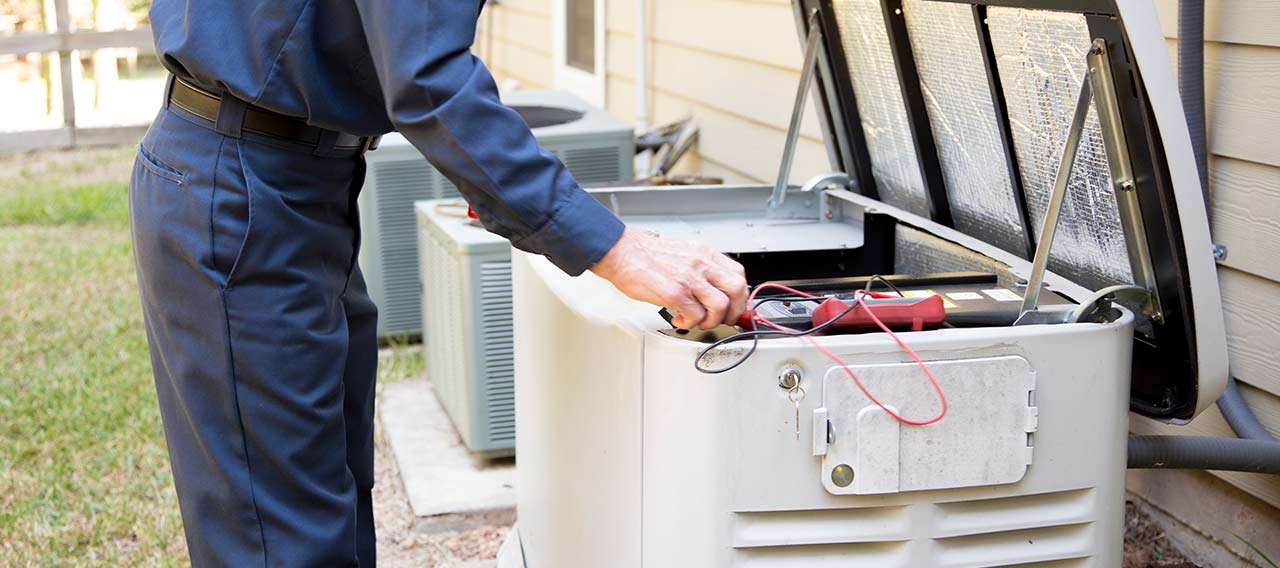
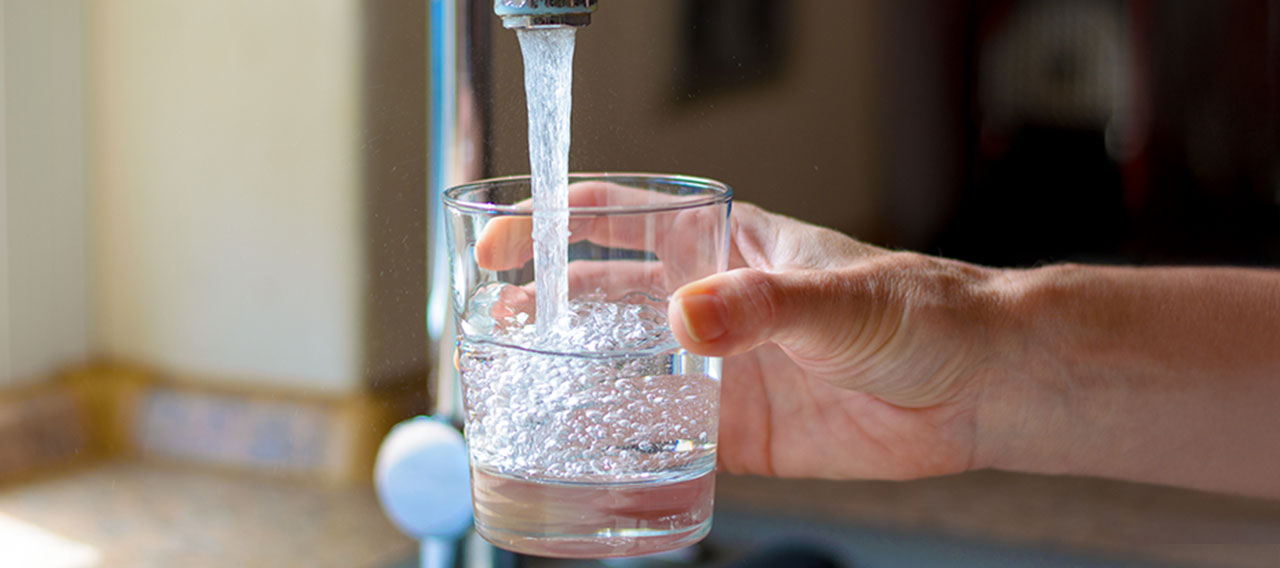



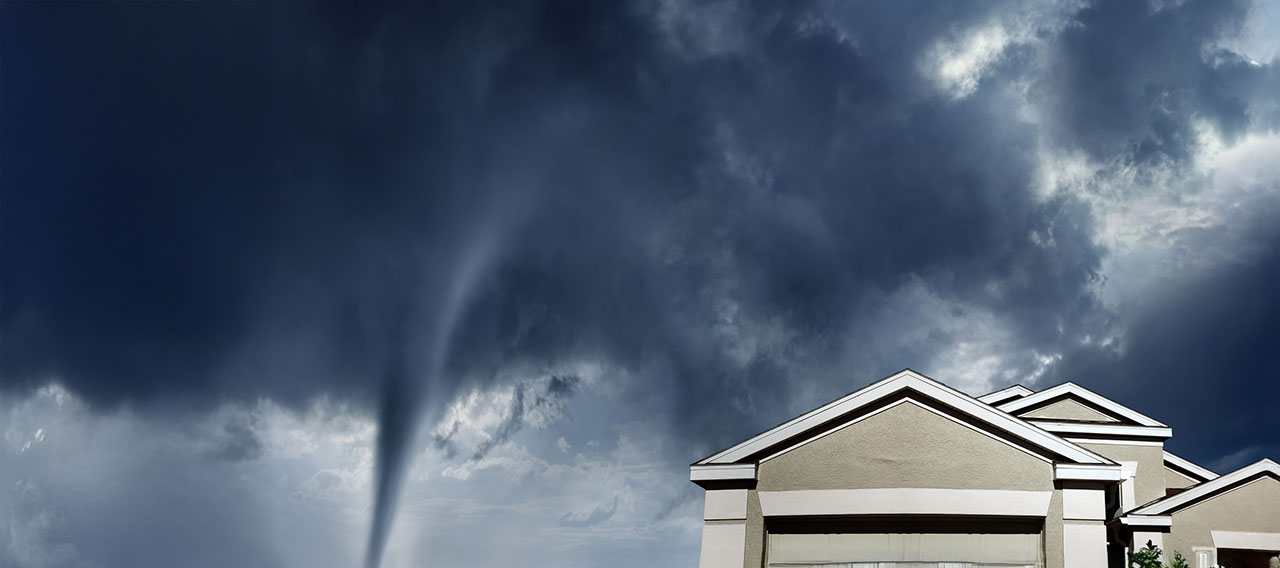
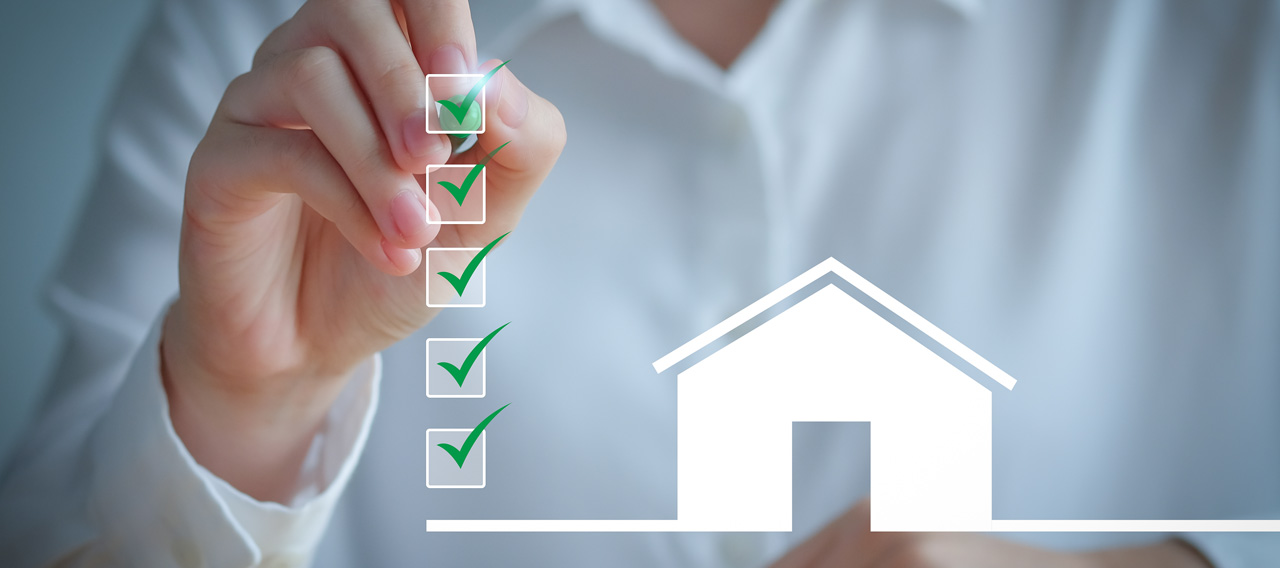

Get a personal insurance quote
Work with an independent agent to get personalized insurance solutions.
This document is advisory in nature and is offered as a resource to be used together with your professional insurance advisors in maintaining a loss prevention program. It is an overview only, and is not intended as a substitute for consultation with your insurance broker, or for legal, engineering or other professional advice.
Chubb is the marketing name used to refer to subsidiaries of Chubb Limited providing insurance and related services. For a list of these subsidiaries, please visit our website at www.chubb.com. Insurance provided by ACE American Insurance Company and its U.S. based Chubb underwriting company affiliates. All products may not be available in all states. This communication contains product summaries only. Coverage is subject to the language of the policies as actually issued. Surplus lines insurance sold only through licensed surplus lines producers. Chubb, 202 Hall's Mill Road, Whitehouse Station, NJ 08889-1600.


